What is Pulse Width Modulation Solution
Overview
- Overview
- Features and Benefits
- Related Products
- Related Cases
- Related News & Events
- Related Solutions
- Contact us
What is Pulse Width Modulation Solution
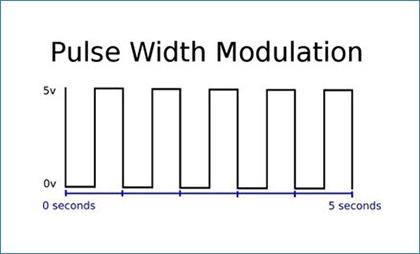
Features and Benefits
What is PWM? PWM is also called pulse width modulation. PWM(pulse width modulation) works by controlling analog circuits through the digital output of microprocessor, which is a very effective technology widely used in measurement, communications and power control and conversion of many areas.
Pulse Width Modulation Theory
With the development of electronic technology, a variety of PWM technologies have appeared, including: phase voltage control PWM, pulse width PWM method, random PWM, SPWM method, line voltage control PWM, etc. and a nickel-hydrogen battery smart charger uses PWM pulse width method, which regards each pulse train with the same pulse width as PWM waveform. And FM can be realized by changing the period of the pulse train, changing the pulse width or the duty cycle can regulate voltage. voltage and frequency coordination can be realized by using an appropriate control method. By adjusting the PWM period and PWM duty cycle,the charging current can be achieved.
Analog voltage and current can be directly used for control, such as the car radio volume control. In a simple analog radio, a knob is connected to a variable resistor. As you turn the knob, the resistance value becomes larger or smaller; the current flowing through the resistor will also increase or decrease, thus changing the current that drives the speakers, so that the volume correspondingly becomes larger or smaller. Like the radio, the output and input of analog circuit are proportional.
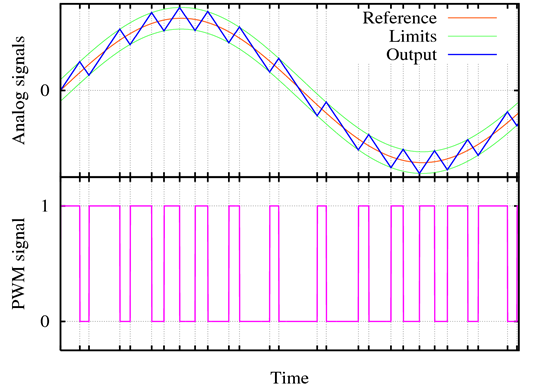
Although analog control may seem intuitive and simple, but it is not always economical or feasible. For one thing, analog circuits tend to drift over time, making it difficult to adjust. The precision analog circuits that can solve this problem are sometimes very large, heavy (example:older home stereo equipment), and expensive. Analog circuit can also be very sensitive to noise, any noise or disturbance will certainly change the size of the current value.
Digitally controlled analog circuits can significantly reduce system cost and power consumption. In addition, many microcontrollers and DSP have included on-chip PWM controllers, making the implementation of digital control becomes easier.
PWM Advantages
One advantage of pulse width modulation is the PWM signals from the processor to the controlled system are all in digital form, and there is no need for digital-analog conversion, which greatly improves efficiency for variable frequency drives. By keeping the signal in digital form can minimize the impact of noise. Only when noise is strong enough to change the logic 1 to logic 0 or change the logic 0 to logic 1 can it have an impact on the digital signal.
Another advantage of PWM compared with analog control is the enhanced noise resistance, and this is the main reason why sometimes PWM is used for communication. Changing from analog signal to PWM can greatly extend the communication distance. At the receiving end, modulating high frequency square wave can be removed through appropriate RC or LC network and and the signal can be returned to analog form. Due to these advantages of pulse width modulation theory, the PWM technology are widely applied in ector inverter.
In short, PWM pulse width modulation is economical, space-saving and anti-noise, which means that pulse width modulation applications is worthwhile in many engineering designs. If you want to learn more knowledge about the applications, theory and more about pulse width modulation, please contact us.
 Global - English
Global - English Spanish - Español
Spanish - Español French - Français
French - Français Russian - Pусский язык
Russian - Pусский язык Chinese - 中文
Chinese - 中文 Korean - 한국어
Korean - 한국어 Vietnamese - Tiếng Việt
Vietnamese - Tiếng Việt

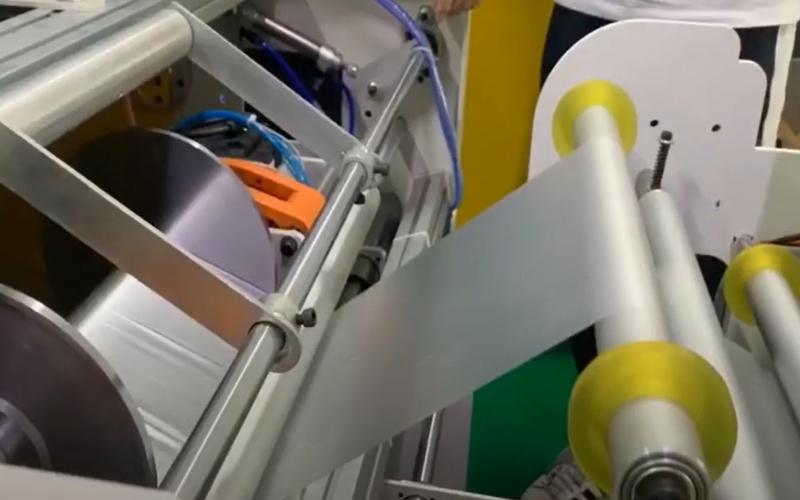

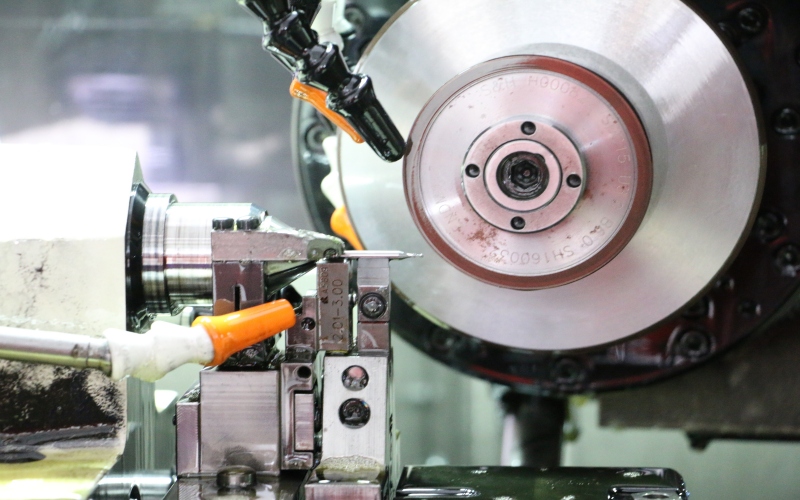

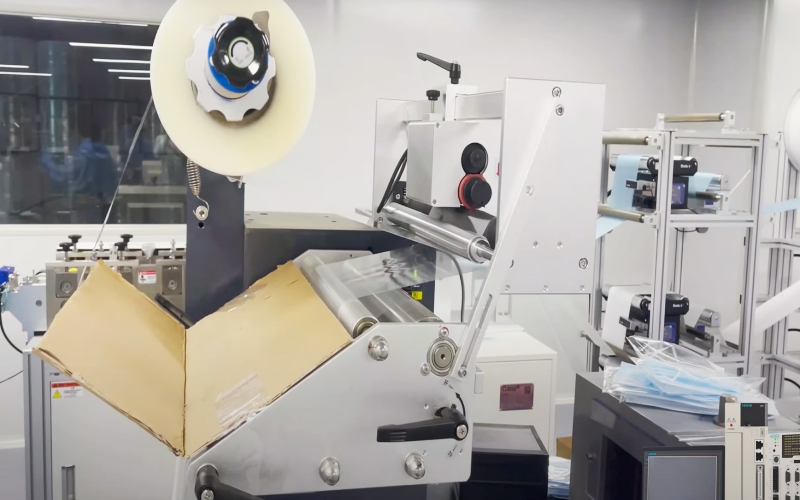
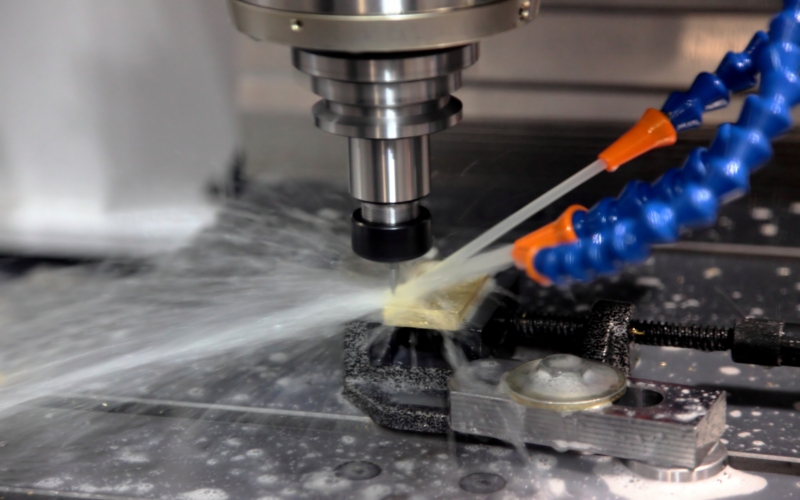

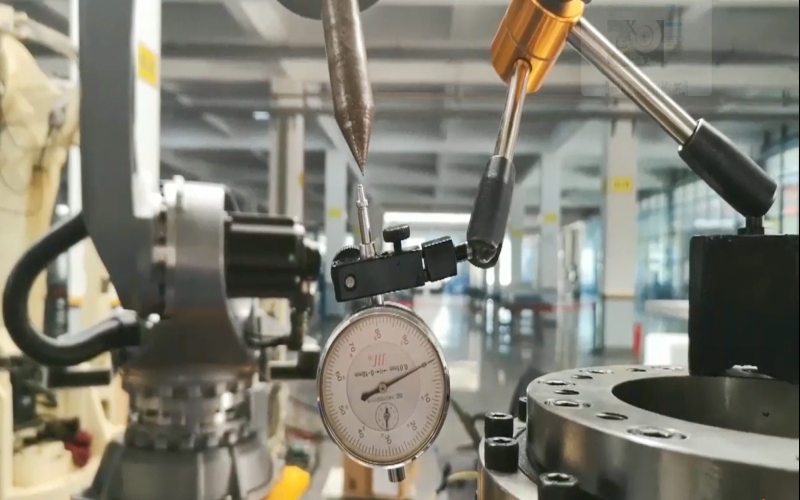
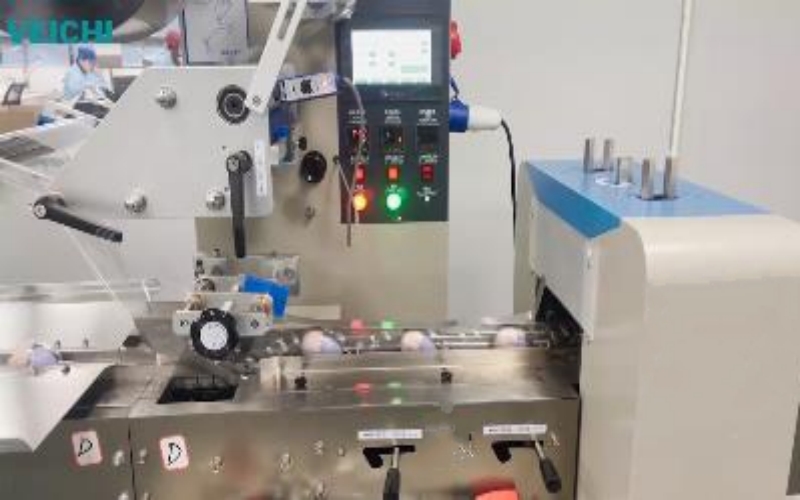
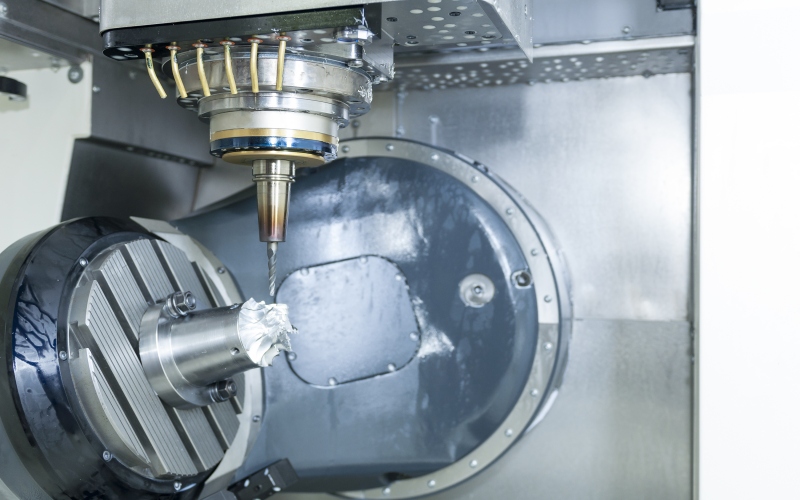









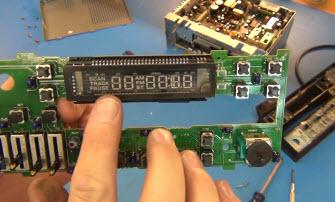
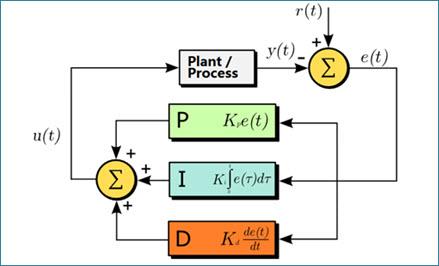
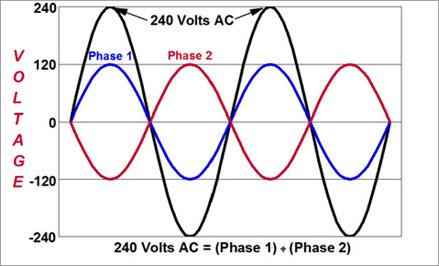
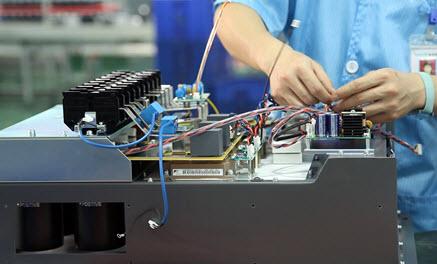
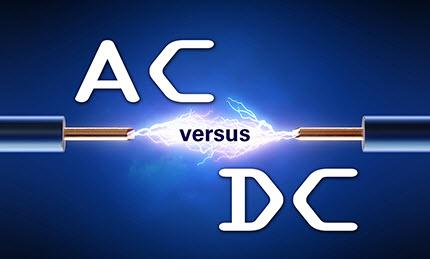
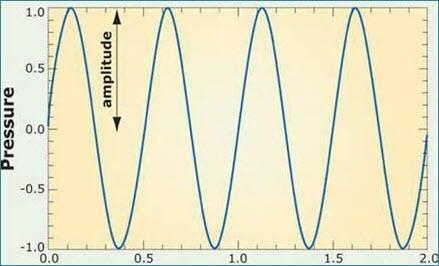
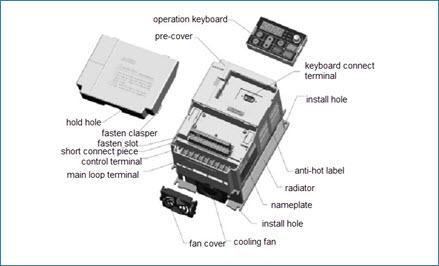
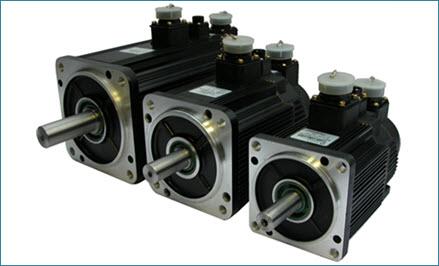
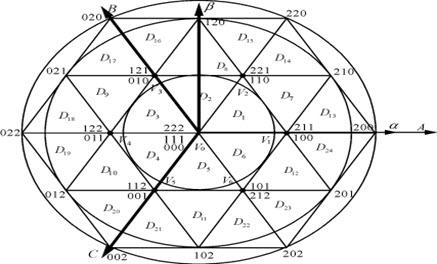

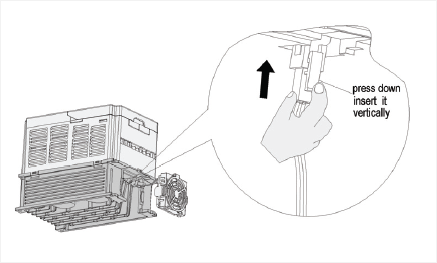
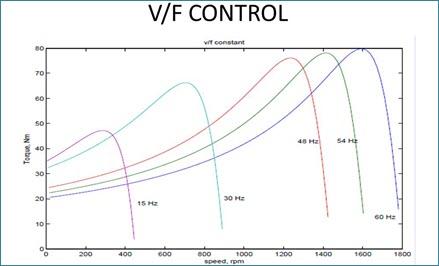

 Leave a Message
Leave a Message